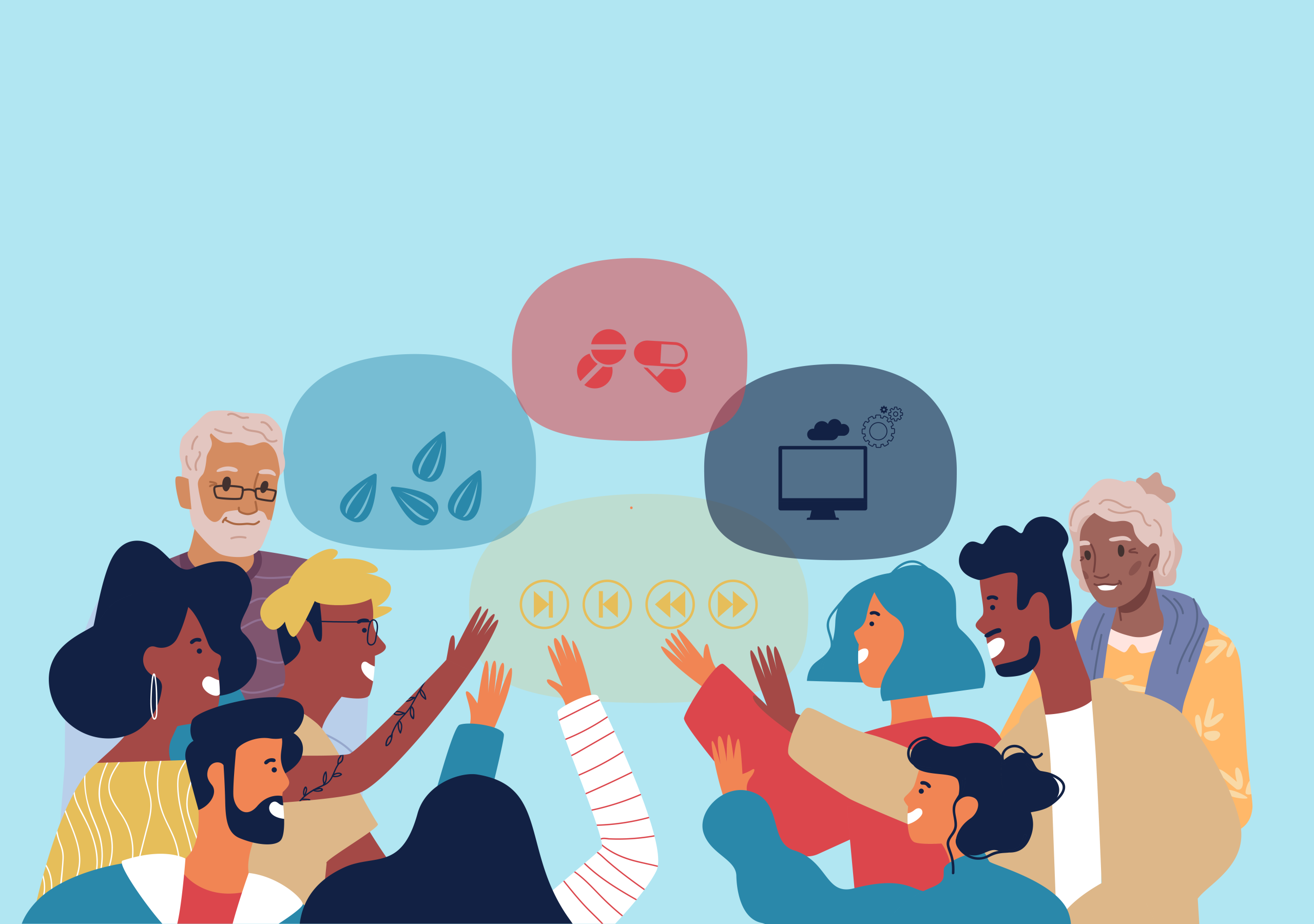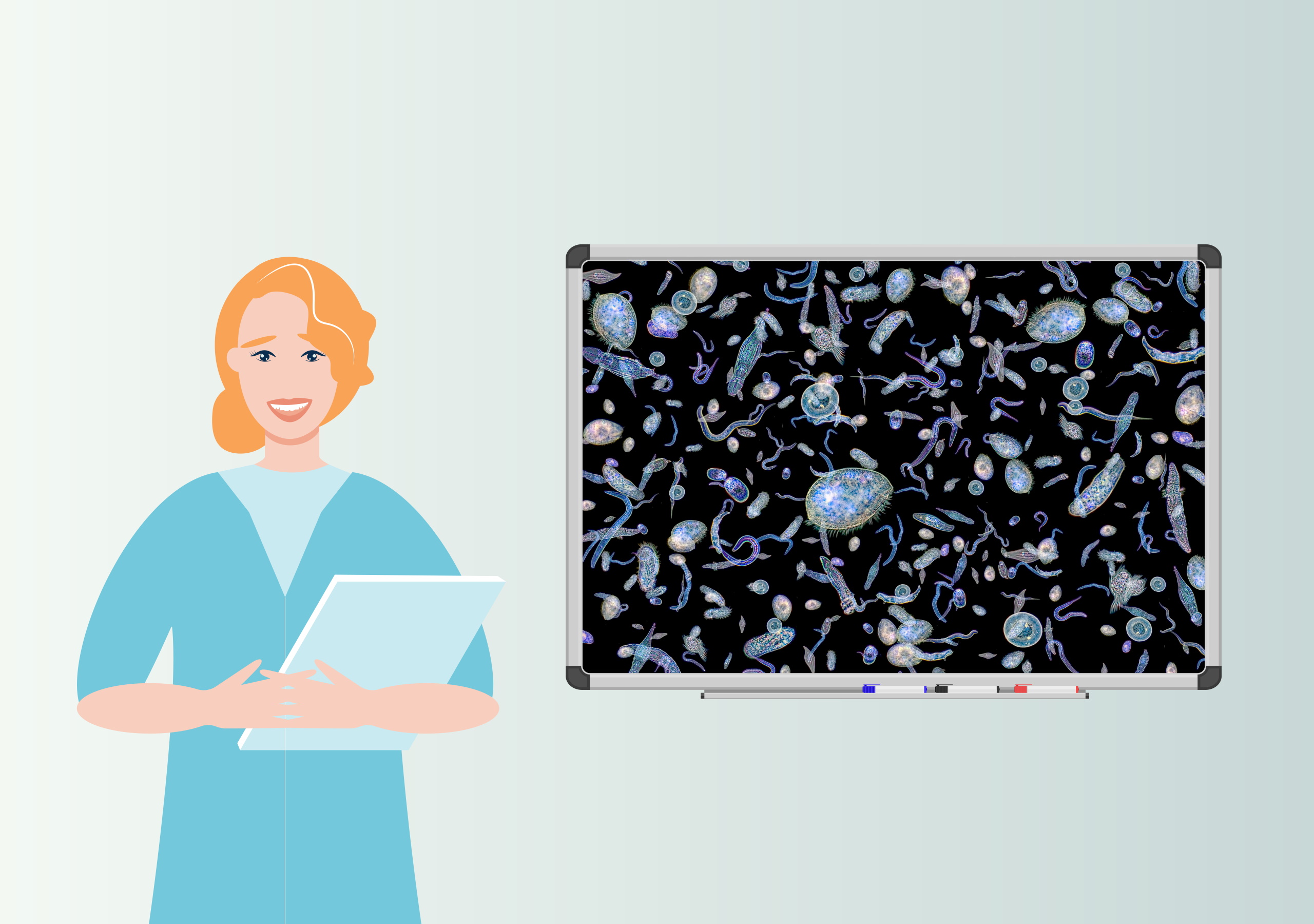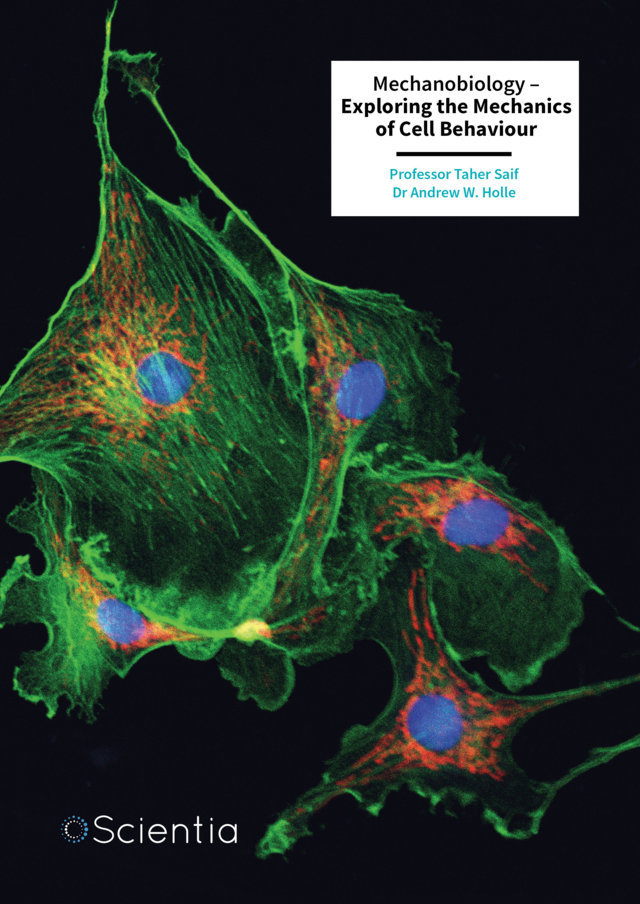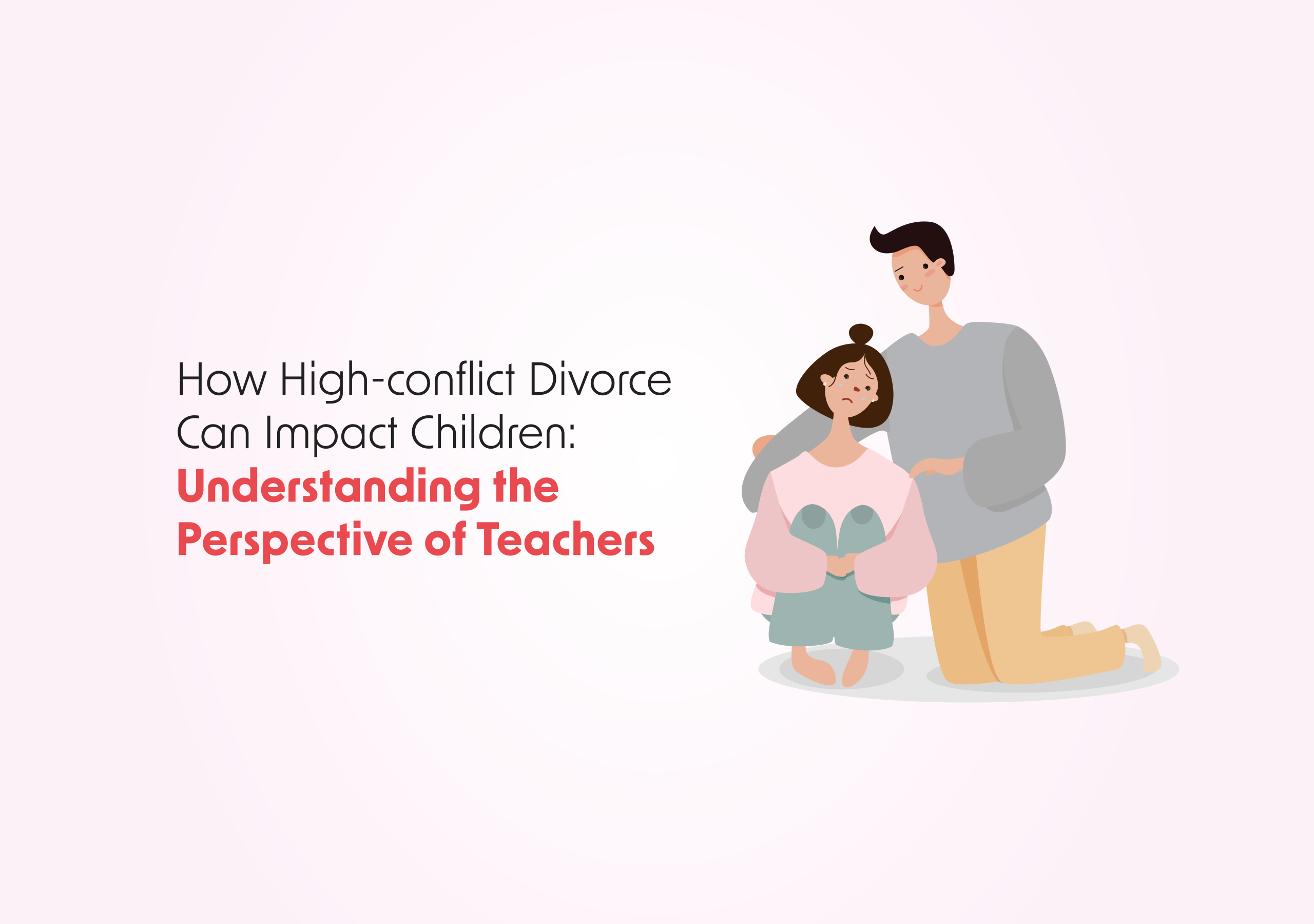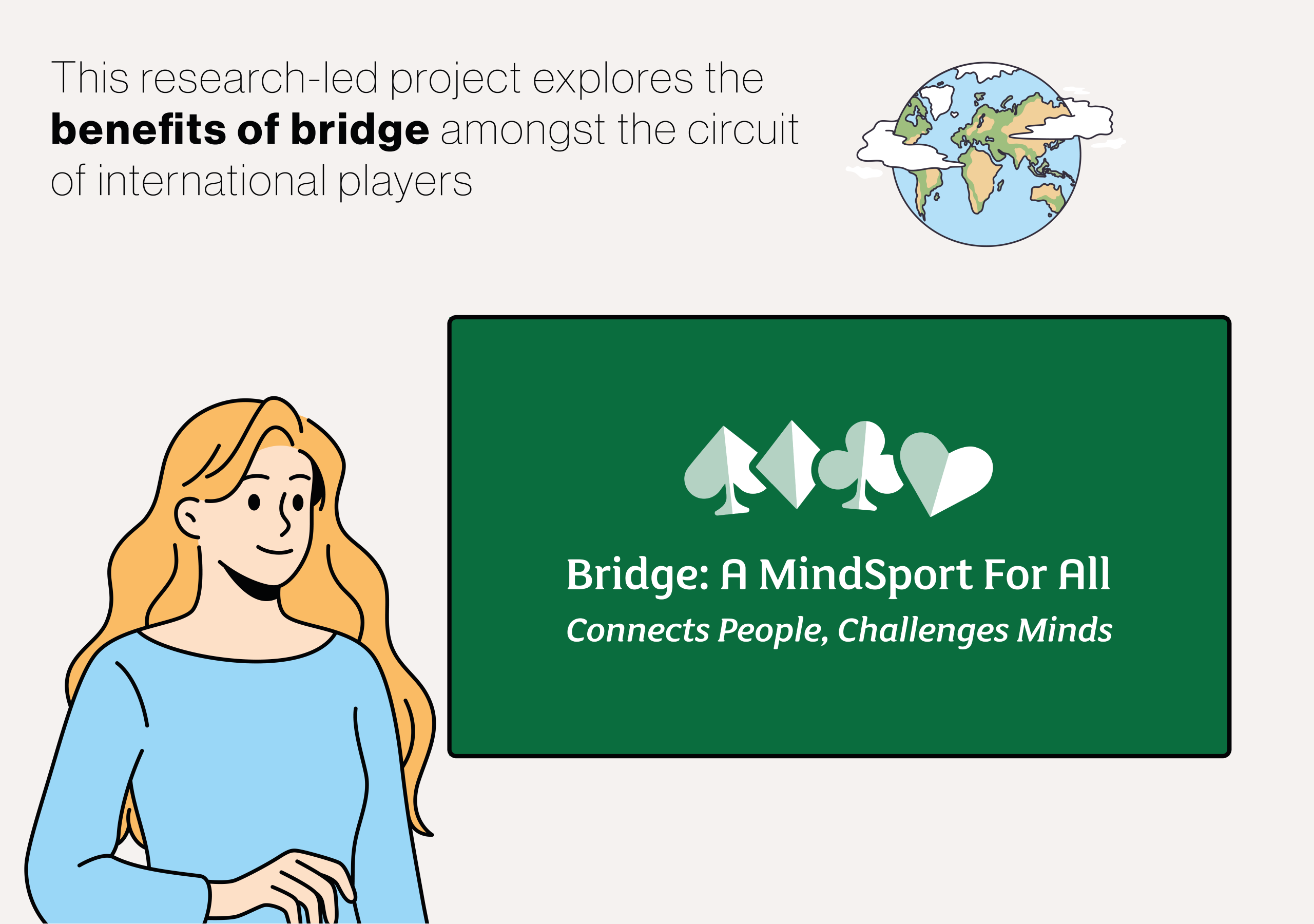Research from Troy Norris at the WellBalance Institute for Positive Wellbeing reveals how a novel approach to measuring wellbeing can lead to more effective personalized interventions. The Wellbeing Balance and Lived Experiences (or WellBalance) Model and Assessment extends traditional wellbeing measures by evaluating both positive experiences and the feelings they generate, enabling tailored approaches to enhance individual flourishing based on specific life circumstances. More
Traditional wellbeing assessments have primarily focused on observing subjective feelings of wellbeing, such as happiness or life satisfaction. However, these tools often don’t directly measure the positive experiences that contribute to these feelings, limiting their ability to guide personalized interventions. The WellBalance Model addresses this gap by simultaneously evaluating both the frequency of positive experiences and the positive feelings they generate, creating a more comprehensive understanding of wellbeing that can inform targeted interventions.
The WellBalance Model represents wellbeing as a lotus flower with 12 categories of positive experiences that have been demonstrated to improve subjective feelings of wellbeing. These are called “wellsprings of wellbeing”, and generate 12 corresponding categories of positive feelings, which Norris calls “blossoms of flourishing”. This visual framework balances experiences directed toward self and others, mental and physical activities, and varying levels of activation and arousal, from calm and restful to active and engaged. By measuring both experiences and feelings across these dimensions, the WellBalance Assessment provides insights into which specific positive experiences might most effectively improve an individual’s wellbeing.
A validation study demonstrated that the WellBalance Assessment correlates strongly with established wellbeing measures, including University of Pennsylvania’s PERMA-+ and Harvard University’s Flourishing Index, confirming it measures a similar concept of subjective wellbeing. However, WellBalance uniquely evaluates lived experiences that contribute to wellbeing, distinguishing it from these traditional approaches. The research showed that more frequent positive experiences corresponded with more frequent positive feelings, which together aligned closely with overall wellbeing. The WellBalance Model also helps researchers explore how different aspects of wellbeing connect to each other – such as how many positive experiences someone has, how diverse those experiences are, and whether their positive feelings match their experiences, which in turn measures their mindset positivity.
Importantly, the breadth of positive experiences and feelings, having many different sources of wellbeing rather than just a few, was associated with greater overall wellbeing. This supports the “broaden-and-build” theory of positive emotions, which suggests that positive experiences create an upward spiral of positivity by broadening our perspectives and building psychological resources. This also supports the “hedonic adaptation prevention” model which posits that increased variety of experiences prevents the decline in wellbeing gains that can result from repetition and familiarity.
This comprehensive approach reveals how factors like age, income, relationship status, and employment affect different dimensions of wellbeing. Norris and colleagues applied the WellBalance Assessment to a U.S.-based cohort of 496 people to examine how these life situations and demographic factors impact wellbeing. Their findings revealed that relationship status, parenting responsibilities, and employment circumstances significantly influenced wellbeing – much more so than demographic factors like age, gender, or income. This research provides valuable insights for designing targeted interventions for specific subgroups with similar life circumstances.
For example, the researchers found that uncoupled and childless individuals reported significantly lower frequencies of social connection and purposeful contribution to others’ wellbeing, along with less frequent feelings of significance and efficacy. Meanwhile, being in a companionate relationship and parenting were associated with significantly higher wellbeing, with increases corresponding to greater commitment levels. Married respondents reported the highest overall wellbeing among relationship categories, while parents reported more frequent experiences of social connection and purposeful contribution compared to non-parents.
Employment status also showed significant associations with wellbeing. Retirees and homemakers reported the highest overall wellbeing, while unemployed individuals seeking work reported the lowest, suggesting that having agency to choose whether to work is fundamental for wellbeing. Full-time employees demonstrated higher wellbeing than part-time or self-employed individuals. Interestingly, annual household income had minimal independent effect on overall wellbeing as measured by WellBalance, although those with lower income reported more frequent positive experiences whereas those with higher income reported more positive mindsets.
Age demonstrated a significant relationship with wellbeing, with older adults (61-69 years) reporting significantly higher wellbeing than younger age groups. This concurs with a previously demonstrated “age-related positivity effect,” where older adults experienced a greater increase in positive feelings compared to positive experiences. Gender showed few significant differences in overall wellbeing, though men reported being physically active more frequently while women reported more frequent social connection.
These findings have important implications for designing targeted wellbeing interventions for different life situations. For uncoupled and childless individuals, interventions focused on increasing social connection and purposeful contributions may be most beneficial. For those experiencing job loss, divorce, or widowhood, interventions that incorporate opportunities for meaningful social connection and contribution can help mitigate the wellbeing impact of these significant losses. Meanwhile, higher-income individuals might benefit most from introducing more frequent positive experiences into their lives, while those with lower incomes may benefit from mindset-focused interventions.
The WellBalance Method provides a structured approach to designing personalized wellbeing interventions based on these insights. The process begins with assessing an individual’s current sources of wellbeing, identifying gaps, and prioritizing areas for improvement where the person feels motivated and empowered to make changes. The key components of an effective wellbeing improvement plan include catalyzing upward spirals of positivity, maximizing wellbeing productivity, nurturing mindset positivity, and building wellbeing resilience.
Upward spirals of positivity occur when positive experiences create positive feelings that inspire more positive actions. These can transform individuals’ wellbeing in profound ways. Importantly, they can increase wellbeing without requiring major life changes.
To maximize wellbeing productivity – getting the most positive feelings from limited discretionary time – individuals can add “wellbeing boosters” like nature, movement, or social connection to activities they’re already doing. For example, rather than exercising alone on a treadmill, one might exercise outside with a friend while helping them with a challenge – addressing multiple wellbeing gaps simultaneously. In this same hour, by combining multiple positive aspects into our experiences, we can create more positive feelings of wellbeing.
Mindset positivity involves gaining more positive feelings from positive experiences through practices like savoring, gratitude, and reflection. The WellBalance Assessment quantifies mindset positivity by measuring the extent to which someone’s frequency of positive feelings exceeds their positive experiences in specific areas of life. This enables targeted mindful positivity practices to be identified that are most likely to address an individual’s unique opportunities to further improve their mindset. For example, an individual with low levels of contentment may disproportionately benefit from practicing gratitude, whereas someone with low feelings of awareness and appreciation would benefit most from savoring practices.
Building wellbeing resilience requires cultivating balance and breadth across multiple sources of wellbeing. By increasing the number of frequently felt and experienced WellBalance categories, individuals can enhance their ability to maintain wellbeing through life’s inevitable challenges. If one area of life suffers, other sources of wellbeing can sustain them through difficult times. We need to care for ourselves mentally and physically and for others emotionally and tangibly. We need to feel that our lives matter, we have the ability to have a positive impact on others, we are well mentally and physically, and we are open to new experiences. By broadening our sources of wellbeing across these dimensions, we create a more resilient life.
When designing a personalized positivity program, experiences are prioritized based on: desire, the importance and motivation for change; empowerment, the ability and agency to change; impact, the nature and size of benefit from the change; and ease, the feasibility and timeframe for change. Generally, the highest priority areas are those the person is highly motivated to change, has control over, and will experience meaningful benefits relatively quickly.
The effectiveness of this approach can be continually evaluated by periodically reassessing wellbeing, allowing for adjustments to the intervention plan as the individual progresses or their life situation changes. For someone in active growth or transition, reassessment every 9-12 weeks allows for habit formation before planning the next growth phase. For those anticipating major life changes, assessing wellbeing before and after transitions can help prepare for and navigate these changes effectively.
The WellBalance Model and Assessment represent a significant advancement in positive psychology by offering both comprehensive understanding of wellbeing and practical tools for improvement. By moving beyond descriptive assessment of subjective feelings to a more experiential and prescriptive approach, this framework transforms how practitioners, employers, and policymakers can help individuals cultivate flourishing lives.
The researchers emphasize that sustainable wellbeing does not typically result from grand life changes but rather from small, purposeful steps and practices that reinforce each other over time. By helping individuals make the most of their available time to create positive moments, foster upward spirals, expand their sources of joy and contentment, and nurture a positive mindset, they can develop a life that feels more full, steady, and vibrant. This personalized approach recognizes that each individual’s path to wellbeing is unique, based on their specific life circumstances, personal values, and current sources of flourishing.
A particularly valuable aspect of the WellBalance framework is its recognition that wellbeing exists in multiple interconnected dimensions. The model balances physical and mental self-care with social connection and purposeful contribution to others, while also integrating varying activity and excitement levels, from active engagement to mindful presence to calm restoration. This multi-dimensional approach addresses the common modern problem of lives being pulled out of balance by external forces and habitual behaviors, offering a systematic way to periodically monitor and restore equilibrium across these essential aspects of human flourishing.
The WellBalance Assessment provides a snapshot of a person’s current wellbeing profile that can be used throughout different life stages. Because the assessment evaluates modifiable sources of wellbeing, it allows for identifying specific changes that might improve overall wellbeing as life circumstances change. The researchers note that while the WellBalance Assessment is a relatively short questionnaire, it encompasses a wide range of positive experiences and feelings and therefore requires thoughtful interpretation to design practical interventions. As practitioners gain more experience using this novel tool, more standardized approaches to application will likely be developed and validated, establishing the WellBalance Method as a valuable and reproducible approach for improving wellbeing.


